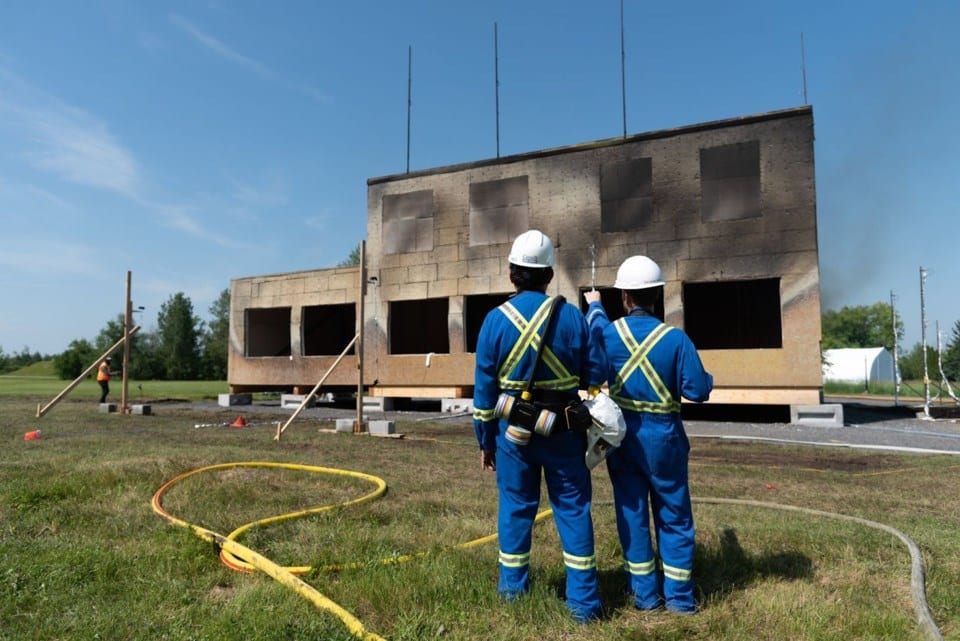The City of Vancouver has broken ground on a new seven-storey mass timber building, the latest mass timber project to meet Canadian demand for affordable low-carbon accommodation.
Breaking ground last Thursday, the project “embodies a commitment to innovative, sustainable solutions in tackling the Vancouver housing crisis,” according to Vancouver Mayor Ken Sim, and comes at a time when officials and researchers are working with counterparts in Vienna to develop mass timber designs to drive affordable housing.
“Through strong Ministery of Housing partnerships and a focus on energy efficiency designs, we’re not just building homes, but shaping a future where affordable living is a reality for all Vancouversites,” Mayor Sim said.

The new project, Vienna House, will see 123 units created for “seniors, families and people living with disabilities,” according to a release from BC Housing.
The project results from a partnership between BC Housing, the City of Vancouver and More than a Roof Housing Society, with British Columbia Minister of Housing Ravi Kahlon adding that “this affordable housing project is providing individuals and families with 123 safe and environmentally responsive homes so that people can stay in the community they know.”
“Our Homes for People action plan is all about increasing housing supply faster, so everyone can find a home that suits their needs, and partner projects like this are helping us reach our housing goals,” Minister Kahlon said.
Among sustainability measures, using cross-laminated timber panels and prefabricated wall, floor and ceiling components will reduce emissions during construction, store carbon and contribute to diverting 75 per cent of construction waste from landfills.

The new project comes amid a push to change British Columbia’s building code as Justin Trudeau spearheads a push to include the “mass timber changes” in the National Building Code.
Billed as the British Columbia Building and Fire Codes (BC Codes 2024), it is part of a sweep of programs to reduce embodied carbon, decarbonise construction and address housing shortages in Vancouver, Canada’s most densely populated city.
“These changes will help Canada reduce carbon pollution, support the forestry sector, create jobs, build more homes” and lead to more vibrant, healthier communities,” said Minister Kahlon.

Last week, Wood Central reported that a new report billed a “significant milestone in the advancement of mass timber construction”, identifying exposed mass timber can withstand severe, “unsprinkled” fire conditions.
The findings, compiled in an extensive 121-page report, “Large-Scale Fire Tests of a Mass Timber Building Structure for the Mass Timber Demonstration Fire Test Program,” confirmed that mass timber remained stable and solid after enduring five different fire tests of varying severity and duration – improving understanding of exposed mass timber elements after exposure.
“We are very pleased by the report findings, which solidify the position of mass timber as a safe construction material,” according to Robert Jonkman, Vice President of Codes and Engineering at Canada Wood Council – the country’s peak body for forest products.
“This scientific proof of mass timber’s exceptional structural fire performance helps address concerns about its suitability for larger and taller building applications.”






